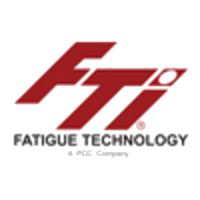
Fatigue Technology Inc.
Fatigue Technology (FTI) pioneered cold expansion technology over 40 years ago and has advanced this science to develop innovative solutions for bushing installations, fastener applications and aerospace fitting and hardware installations. FTI products improve aircraft structural durability and reduce manufacturing and maintenance flow-time and costs in metal and composite applications.